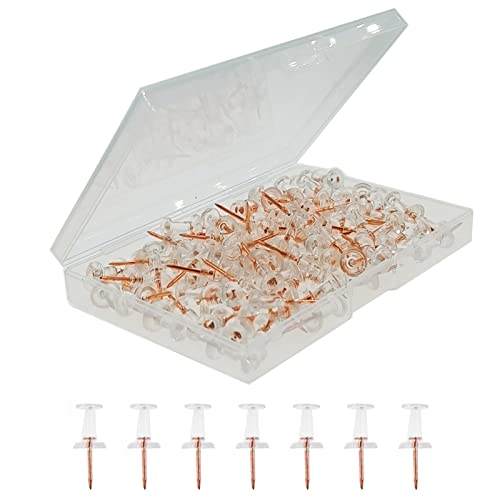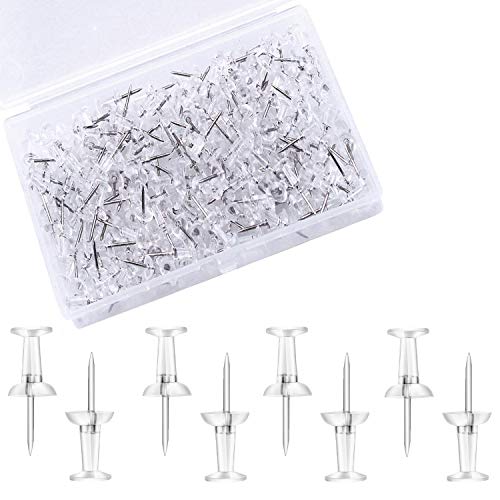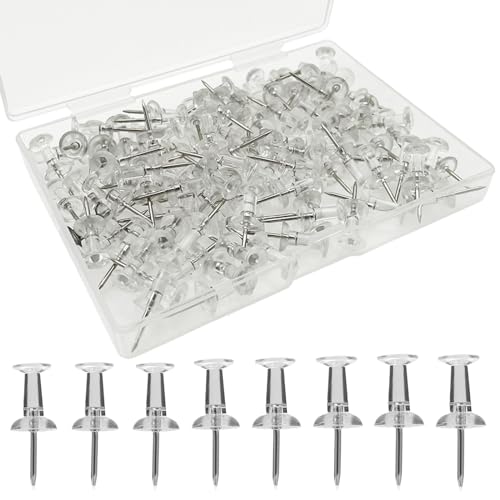Pushpins: A Small Tool with a Big Impact
Pushpins – small, colorful, and often taken for granted, these little tools play an essential role in our daily lives. Whether it’s to mark locations on a map, display important documents, or organize our workspaces, we rely on pushpins for their functionality and convenience. Have you ever wondered how pushpins are made? In this article, we will explore the manufacturing process behind these tiny but useful objects.
The Materials Used in Pushpin production
The first step in making pushpins is choosing the right materials. The main components of a pushpin are the head and the shaft. The head can be made from various materials such as plastic, metal, or wood. Plastic is the most commonly used material due to its affordability and versatility. The shaft, on the other hand, is typically made from steel or brass wire. These materials are chosen for their durability and ability to hold the pin securely in place.
Creating the Head of a Pushpin
Once the materials are selected, the manufacturing process begins. To create the head of a pushpin, plastic pellets are melted and injected into molds. These molds are designed in such a way that they give the pushpin its distinctive shape. The melted plastic is then cooled and solidified, resulting in a solid and stable head. In some cases, metallic heads are made by stamping thin sheets of metal into the desired shape.
Assembling the Shaft and Head
After the heads are produced, the next step is to attach them to the shafts. The shafts, made from steel or brass wire, are first cut to the desired length. They are then inserted into the heads, which are designed with perforated holes to accommodate the shafts. The shafts are secured in place using adhesive or by crimping them tightly. This step ensures that the head and shaft are firmly connected, creating a reliable and functional pushpin.
Finishing Touches and Quality Control
Once the pushpins are assembled, they undergo a series of finishing touches. This may include adding a protective coating to prevent rust or corrosion, applying paint or varnish to enhance their appearance, or affixing decorative elements such as colored stickers or jewels. Quality control checks are also conducted to ensure that the pushpins meet specific standards. This may involve checking for sharp edges, examining the strength of the adhesive, or verifying the functionality of the pin itself. By conducting these checks, manufacturers ensure that the pushpins are safe and effective for their intended use.
The Final Product: Ready for Use
After completing the manufacturing process, the pushpins are packaged and prepared for distribution. They may be sold individually or as part of sets or kits. Some manufacturers also offer customized pushpins, allowing customers to add a personal touch to their office supplies. Once the pushpins reach the market, they are ready for use, whether it’s in classrooms, offices, or homes. From marking important dates on calendars to holding important documents in place, these tiny tools have found their way into various aspects of our lives.






